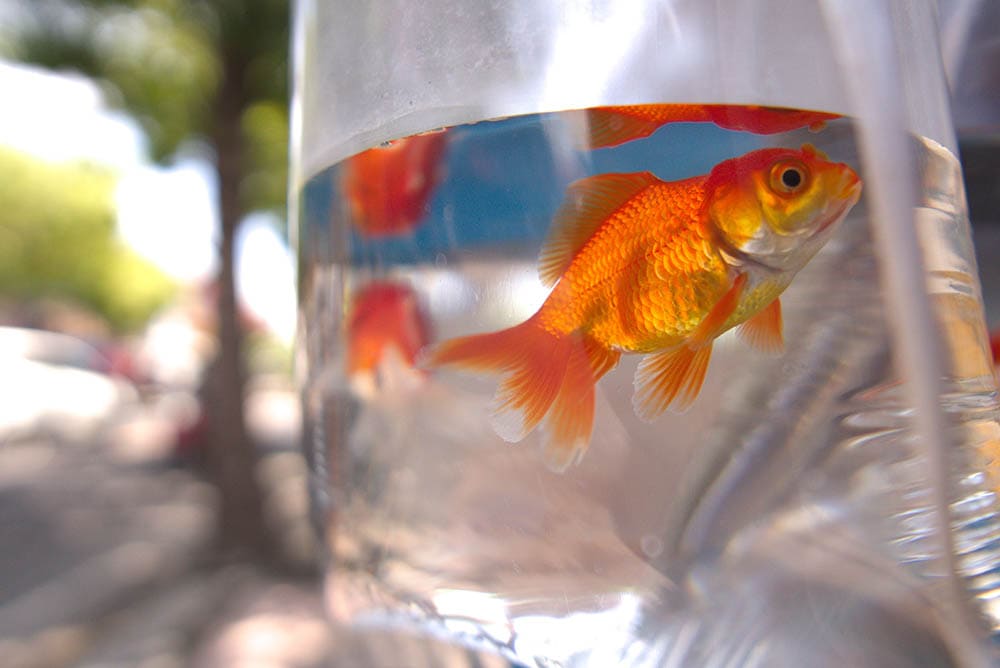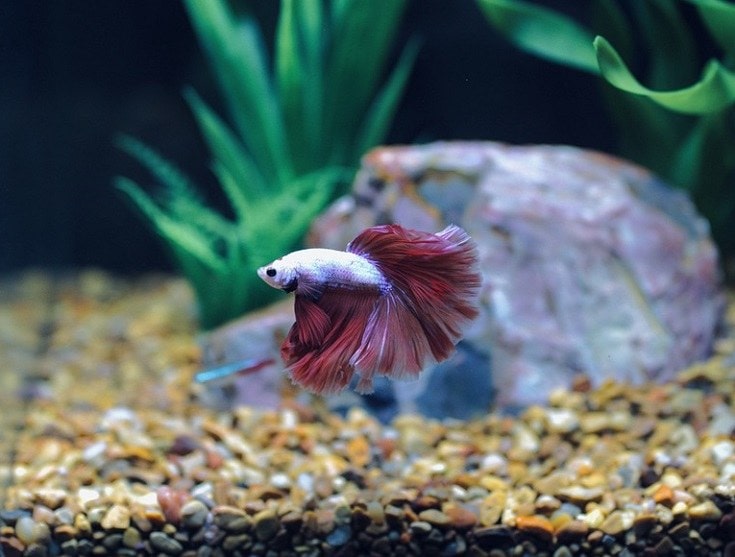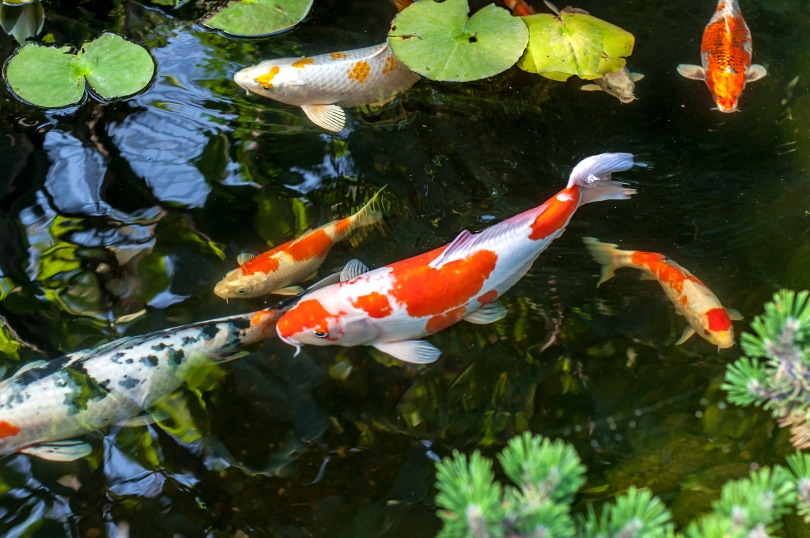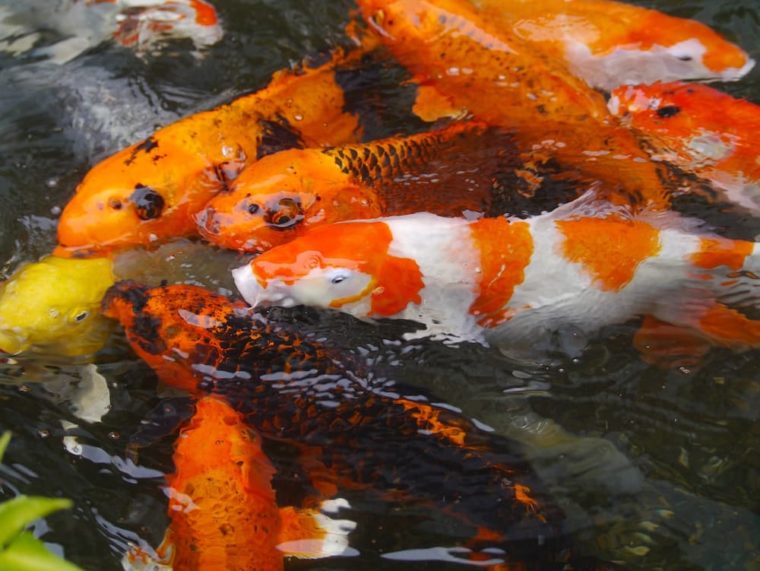
Koi are exceptionally popular pond fish that are generally hardy. While they are relatively easy to care for, they do have some specific needs. You’ll need to have a good idea of how to meet the needs of koi fish before bringing them home in order to provide your fish with long, happy lives. With the proper care—like in our tips below—you can expect large, beautiful fish that will live for anywhere between 10 to 40 years.
The 10 Tips for Koi Fish Care
1. Maintain Water Quality
Poor water quality is the number one cause of problems in domestic fish. If you aren’t able to maintain high water quality for your koi, there are multiple things that can go wrong. Poor water quality can lead to a multitude of illnesses, including parasites, bacterial infections, fungal infections, and organ failure.
To maintain water quality, you need to be committed to providing routine water care for your pond or tank. Water changes, pond raking, high-quality filtration systems, and pond chemicals can all help maintain the quality of your pond water. You should also have a test kit and a routine for checking your water for toxin buildup.
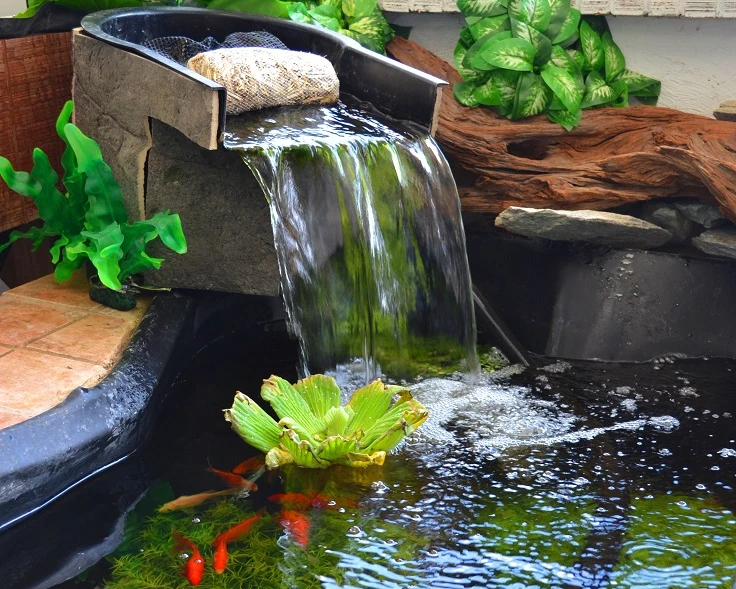
2. Provide Proper Filtration
Filtration is the main thing that will make or break the quality of your koi’s water. Koi produce a heavy bioload in their environment, which can rapidly lead to a buildup of toxins and waste products. A high-powered filtration system is essential to keeping your water quality high in your koi’s pond or tank.
It’s important to not only find a quality filtration system but choose a system that is rated for the size of your pond or tank or for a larger pond or tank. You should also select an appropriate system for the location where your koi live. Indoor filtration systems can rarely be properly used outdoors.
3. Provide an Appropriately Sized Enclosure
Whether you choose to keep koi in a pond or an aquarium, the size matters. Koi can get quite large, exceeding 15 inches in length as adults, so they need a large environment to live in. If you want to have multiple koi, then you need to account for that when choosing the size of the enclosure.
If koi are kept in a pond or aquarium that is too small for their needs, the water quality will be low and the fish can become stressed and sick. If you choose to overstock your tank or pond, then you’ll need to invest in a stronger filtration system and be careful to stay on top of the water quality.
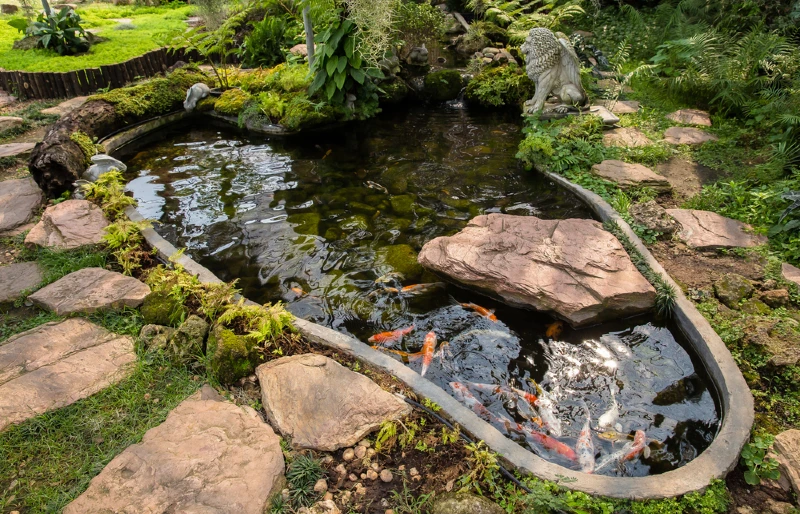
4. Maintain Safety
In most cases, koi are kept in outdoor ponds. These fish can be irresistible to predators, including cats, snakes, and birds. The depth of your pond is an important way to keep your fish safe from predators, and in some cases, pond netting may be needed. Ideally, koi ponds should be at least 3 feet deep. This gives the fish plenty of space to get away from predators that may pay them a visit looking for an easy meal.
If you live in an area where predators frequent your pond, regardless of depth, or you’ve had incidents where your fish were injured or killed by a predator, then pond netting is a great way to keep predators from being able to access your fish, although it may take away from the overall aesthetic of your pond.
5. Quarantine New Fish
When you bring home new koi fish to add to a tank or pond that already contains koi, then you need to quarantine the new additions. This quarantine should be done in a tank that is specifically set up for quarantining. It’s not uncommon for fish to come home with parasites or diseases, and these can be spread to the fish you already have. Quarantining your fish for at least 4 weeks gives you an opportunity to monitor the fish for any signs of illnesses.
Many people choose to prophylactically treat their new fish to clear up any potential problems without risking introducing illnesses to the existing environment. While in quarantine, your fish will need close monitoring and frequent water changes to maintain water quality, especially if the tank isn’t fully cycled when you add fish.
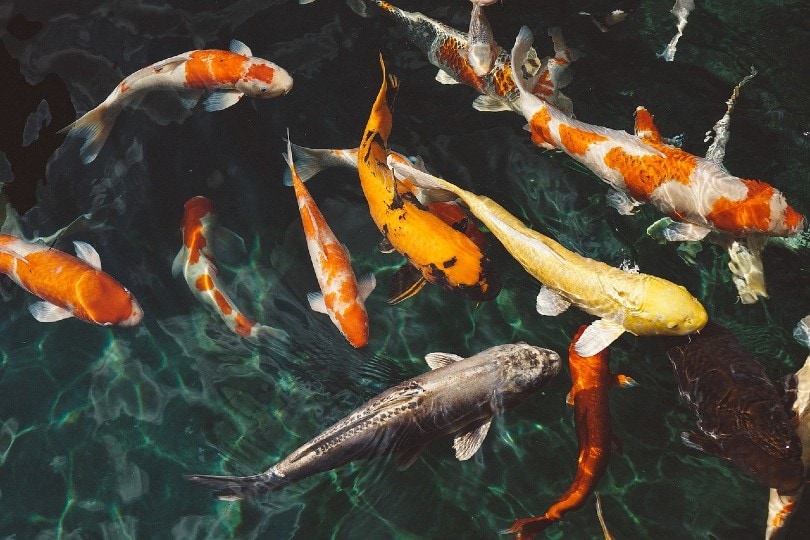
6. Choose a High-Quality Diet
Not all fish foods are created equal, so you should aim to choose a high-quality food to keep your koi healthy. Not only do your koi need a high-quality diet, but a varied and seasonally appropriate diet can help to maintain your fish’s long-term health. There are commercial diets made specifically for koi fish, and you will be able to get foods that will meet the needs of your koi at different times of the year. Their nutritional needs are very different between winter and summertime, and some foods can support breeding as well.
On top of their base koi diet, you can also offer your koi fruits, vegetables, and proteins like bloodworms and cooked shrimp. When fed as treats, these foods can add variety and extra nutrients to the diet, supporting your fish’s overall health.
7. Keep Them Secure
Predators aren’t the only threat to your koi when they live in a pond. In fact, koi can pose a major threat to the native environment they live in. Koi are hardy fish that can become invasive if not kept under control. It’s extremely important that your koi pond is fully secured and not located in an area that is prone to flooding. Koi can get washed from their ponds into native waterways, creating an invasive species problem that can harm the well-being of native species in your area.
Not only can your koi pose a threat to the natural environment, but if your koi are released into native waterways, they may be exposed to predators they aren’t equipped to defend themselves against, as well as diseases and parasites that their bodies aren’t prepared to fight.
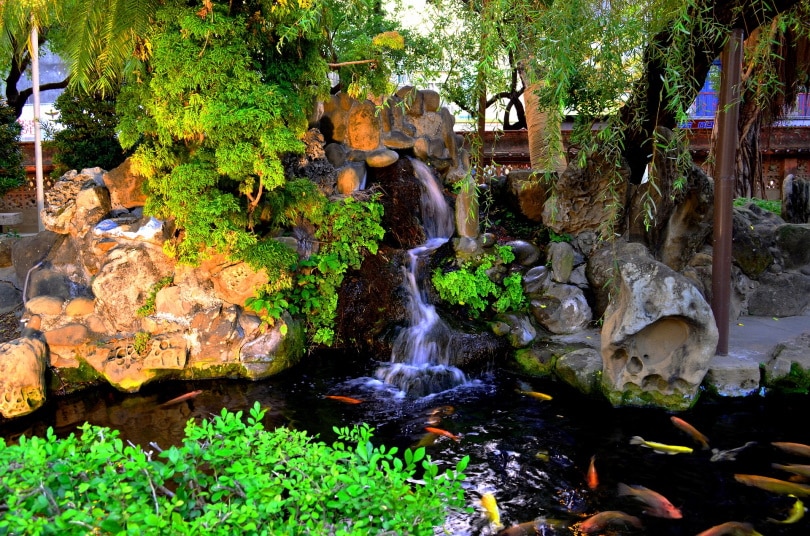
8. Have a Winter Plan
If you live in an area where winter temperatures get below freezing, especially for multiple days in a row, then you need to have a winter plan for your koi. Koi can survive very cold water temperatures, but they will not survive in frozen water. To prevent complete freezing of the pond, keep the pond depth at 3 feet or more.
You also need to invest in a pond de-icer. Deicers will not provide your entire pond with heat. They are made specifically to keep the surrounding water temperature above freezing in order to prevent the water from freezing over. They are unlikely to prevent your entire pond from freezing over, but adding a deicer to your pond will provide an opening in the ice for proper oxygenation to occur in the water.
If your pond isn’t appropriate for your koi to overwinter in, then you will need to have a backup tank in a climate-controlled environment.
9. Monitor Your Koi
You can learn a lot about the health of your koi simply by laying eyes on them every day. Monitor your koi fish regularly to make sure they are staying healthy and happy. Getting a visual of your fish multiple times every week will allow you to spot problems as they arise, including scale loss, fin damage, and dropsy.
It may be difficult to see all your koi regularly, but looking at multiple fish in the pond will give you a general idea of the overall health of all of the fish within the pond.
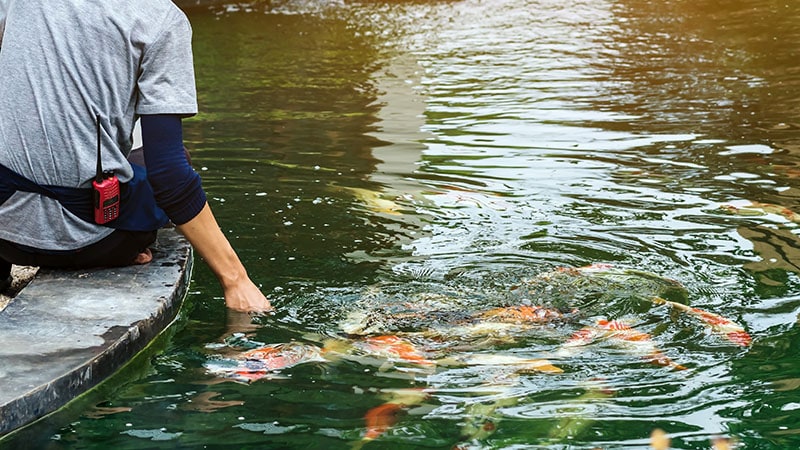
10. Be Prepared
The most important thing you can do to properly care for your koi fish is to be prepared well in advance of bringing them home in the first place. You need to have your koi pond or aquarium fully set up and cycled before bringing any fish home. You also need to have a plan for all of the things mentioned previously, including diet, overwintering, and protection from predators. If you aren’t prepared, you’ll likely find it difficult to maintain the health of your new fish while you try to “catch up” your fish’s environment and restock your supplies.
Summary
Koi are typically healthy fish, but they do need you to be prepared for their care before you bring them home. If their needs aren’t met, you’ll likely find it difficult to maintain the health of your fish, and pond and large aquarium upkeep can be a real burden for the inexperienced and unprepared fishkeeper. Have a full plan in place before you even choose your fish to bring home and provide them with the proper care, and you’ll have aquatic companions for years to come.
Related Reads:
Featured Image Credit: auntmasako, Pixabay


